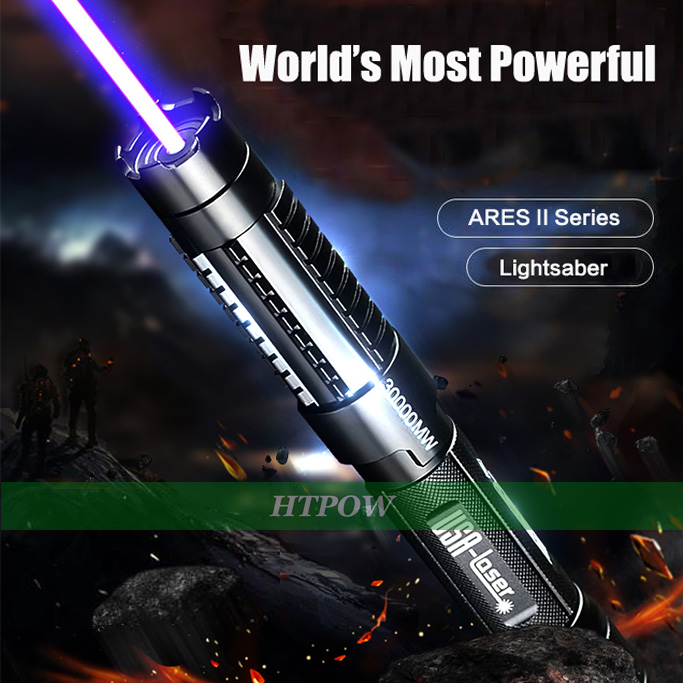According to reports, in order to better carry out laser pointer communication, Switzerland is studying how to make lasers penetrate the clouds. Laser communication is a communication method that uses laser light to transmit information. The laser communication system consists of two parts: sending and receiving. The transmitting part mainly includes a laser, an optical modulator and an optical transmitting antenna. The receiving part mainly includes an optical receiving antenna, an optical filter, and an optical detector. The information to be transmitted is sent to the optical modulator connected to the laser, and the optical modulator modulates the information on the laser and sends it out through the optical transmitting antenna.
At the receiving end, the optical receiving antenna receives the laser signal and sends it to the photodetector. The photodetector converts the laser signal into an electrical signal, which is amplified and demodulated into the original information. The biggest disadvantage of laser communication is that the light cannot be blocked. Once the optical path is blocked, information cannot be transmitted. This is particularly serious in the space-to-earth communication between the satellite and the ground. The multi-end cloud and fog will produce a "screen" effect.
It is reported that in order to prevent the clouds from blocking the transmission of lasers, the University of Geneva in Switzerland is working on studying the use of superheated lasers to burn a temporary "hole" in the clouds, so as to achieve laser communication even if the clouds are blocked. Relevant researchers said that the technology can now penetrate half a meter thick artificial cloud, and the moisture content per unit volume in this artificial cloud is 10,000 times that of ordinary clouds, which means that the laser beam can penetrate in the actual environment. Through a kilometer of clouds. This technology will be promoted globally around 2025, which is of great significance for the promotion and popularization of laser communications.
The principle of optical blasting in femtosecond laser surgery:
The laser pulse is focused into the corneal tissue to produce light burst; each pulse of light burst produces a micro ion, and each micro ion evaporates about 1 micron corneal tissue; the evaporation of corneal tissue produces expanded blisters and CO2 bubbles, blisters and The air bubbles are absorbed by the corneal tissue, and the corneal tissue is thus separated. The computer-controlled optical transmission system generates thousands of green laser pointer pulses, which follow a dense grid pattern of equal width and equal spacing.
Focusing at the same depth produces light bursts, forming a layer of tiny diameter bubbles in the corneal tissue, separating the corneal tissue, and forming the corresponding separation surface, which is the cutting surface of the femtosecond laser. The femtosecond fiber laser adopts an all-fiber structure and can provide ultra-short laser pulses with power> 1W and pulse width <300fs, suitable for applications such as ophthalmic surgery. The product has passed strict industrial testing standards and has the advantages of high stability, reliability, maintenance-free, and easy integration.

